Let us look at what makes chinos fabric material special. Traditional chino cloth is a sturdy twill weave, usually made from cotton. Modern mills weave in a small percentage of elastane or spandex so the fabric can flex with your movements. This added stretch is what we call stretch chino fabric. While the cotton fibers are natural and prone to tightening when exposed to heat and moisture, the synthetic stretch yarns resist distortion. As a result, shrinkage is usually minimal if you treat the cloth kindly. Problems arise when high heat meets lingering moisture, because cotton fibers swell and then lock into a shorter length as they dry. The elastane cannot fully counteract this change, so the garment ends up smaller overall.
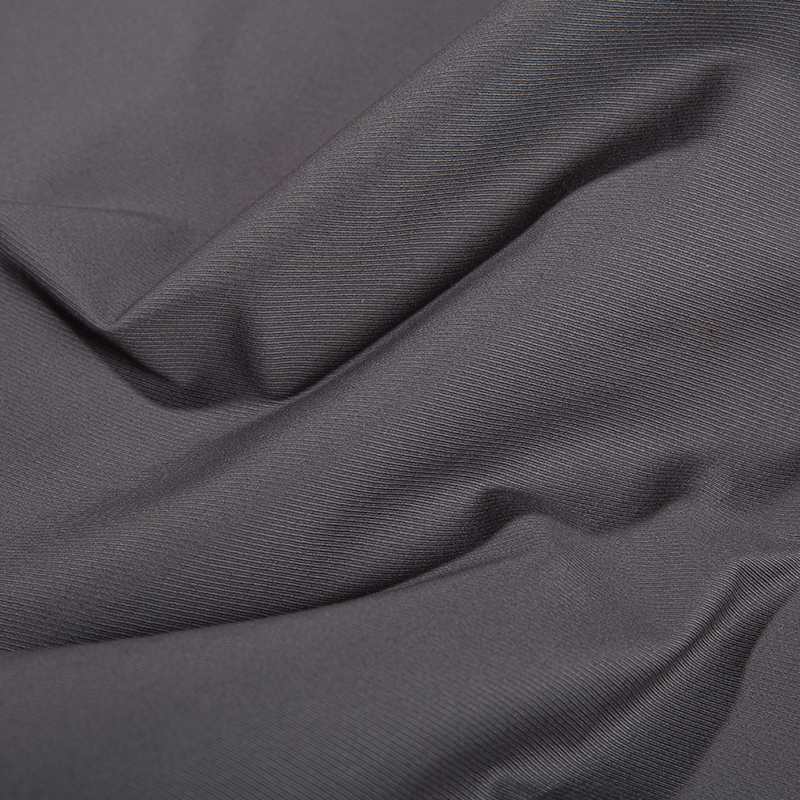
To keep chino twill fabric in its original shape, start by checking the care label. Most labels recommend cold water and a gentle cycle. Cold water limits fiber swelling, while a gentle cycle reduces mechanical agitation that can twist and compress yarns. If you are washing stretch chino fabric for time, turn the garment inside out. This simple step protects the smooth face of the cloth from abrasion against zippers, buttons, and other garments. It also helps preserve color, so your navy pants do not fade to a dull gray after a few washes.
Choosing the right detergent matters more than you might think. Heavy-duty formulas designed for workwear or athletic apparel often contain enzymes that break down protein-based stains. While effective, these enzymes can be harsh on cotton fibers inside chinos fabric material. A mild, plant-based detergent cleans everyday soil without stripping natural oils or weakening the yarns. Measure carefully; too much soap leaves residue that stiffens chino twill fabric and attracts lint.
When it comes to drying, heat is the enemy of stretch chino fabric. A hot tumble dryer may feel convenient, but it is the quickest way to invite shrinkage. Instead, shake the pants gently after the wash cycle and lay them flat on a drying rack. Smooth the seams and hems with your hands so they dry in their intended shape. If you must use a dryer, select low heat setting and remove the pants while they are still slightly damp. Let them finish air-drying on a hanger or rack. This hybrid approach saves time while sparing chinos fabric material from the full blast of high temperature.
Speaking of hangers, choose wide, contoured ones that support the waistband without creating points that poke into stretch chino fabric. Wire hangers can leave creases or even stretch the waist over time. Once the pants are fully dry, a quick steam from a garment steamer relaxes any stubborn wrinkles. If you only have an iron, set it to medium heat and press on the reverse side while the pants are still slightly damp. Use a pressing cloth to prevent shiny marks on the surface of chino twill fabric.
Storage also influences longevity. Fold chinos fabric material along the creases and stack them loosely in a drawer or on a shelf. Overcrowding compresses fibers and can set deep wrinkles that are hard to remove. If you prefer hanging, use clips at the hem and let the pants hang upside down. Gravity helps pull minor creases out of stretch chino fabric naturally.
Stains deserve immediate attention. Blot—never rub—liquid spills with a clean cloth. For oil-based marks, dab a small amount of gentle dish soap directly onto the spot, work it in with cool water, and rinse thoroughly. Aggressive scrubbing can break the twill ridges and leave a fuzzy patch on chino twill fabric. If the stain persists, take the garment to a professional cleaner who understands stretch chino fabric and its heat sensitivity.
Travel presents another set of challenges. Rolled garments resist wrinkles better than folded ones, so roll your pants loosely and place them at the top of your suitcase. If you are packing for a long trip, consider bringing a small spray bottle filled with distilled water. A light mist followed by a shake and hang can refresh chinos fabric material without a full wash.
Remember that stretch chino fabric, like any cloth, has a lifespan. Over time, the elastane fibers lose some of their snap, and cotton fibers may thin in high-friction areas such as the inner thighs or seat. Reinforcing these zones with an iron-on patch or taking the pants to a tailor for early repairs can extend wear by several seasons.
 EN
EN English
English 中文简体
中文简体 Español
Español عربى
عربى bahasa Indonesia
bahasa Indonesia


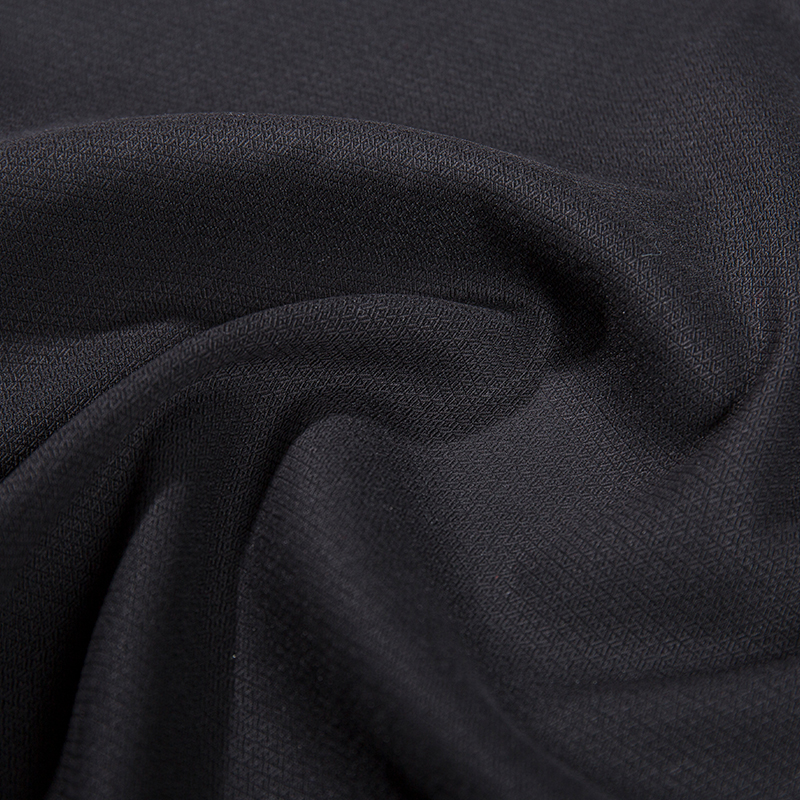

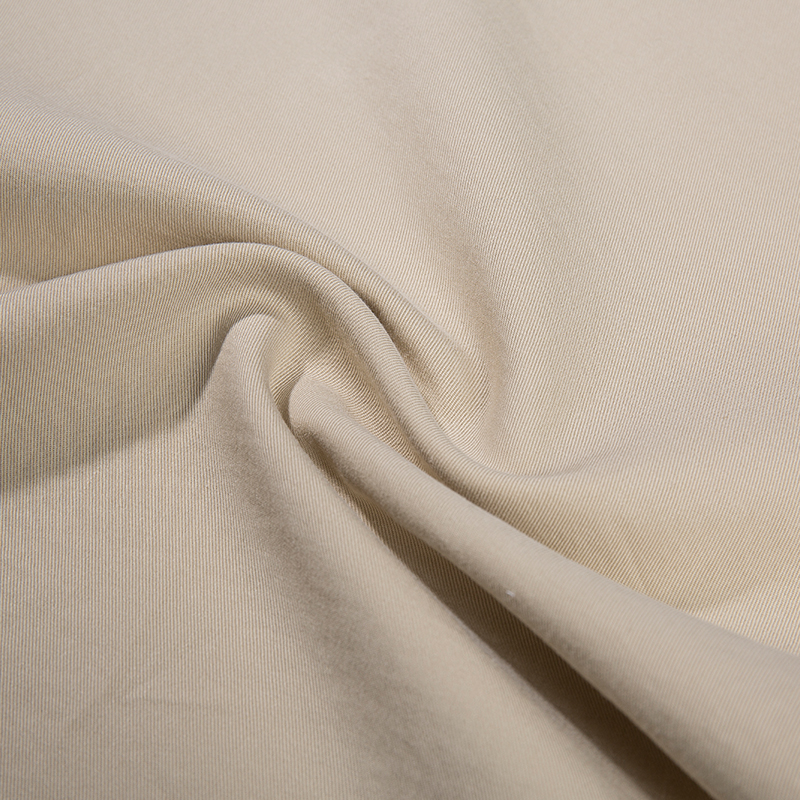

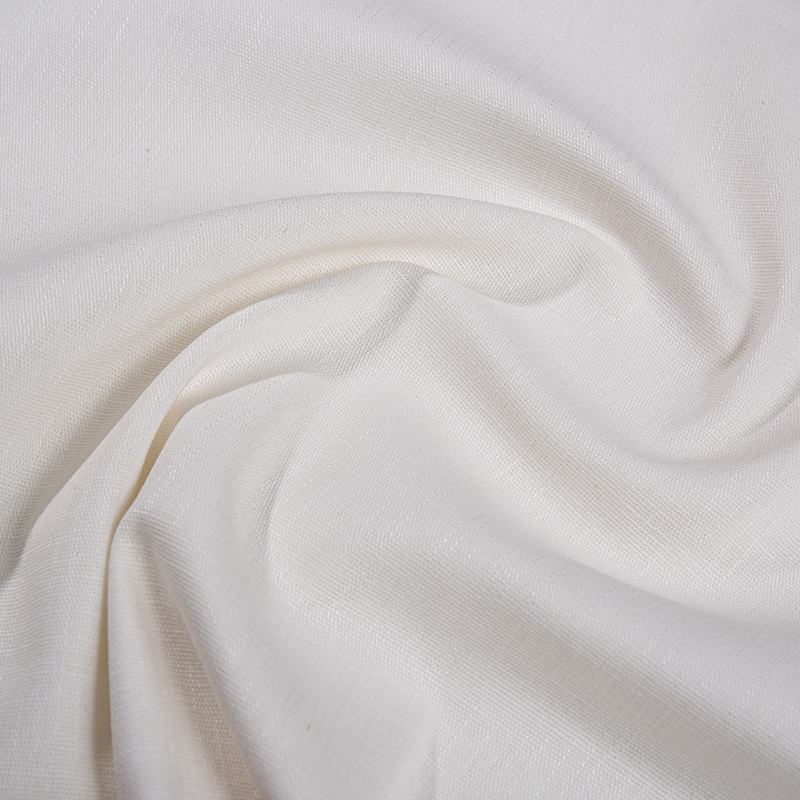
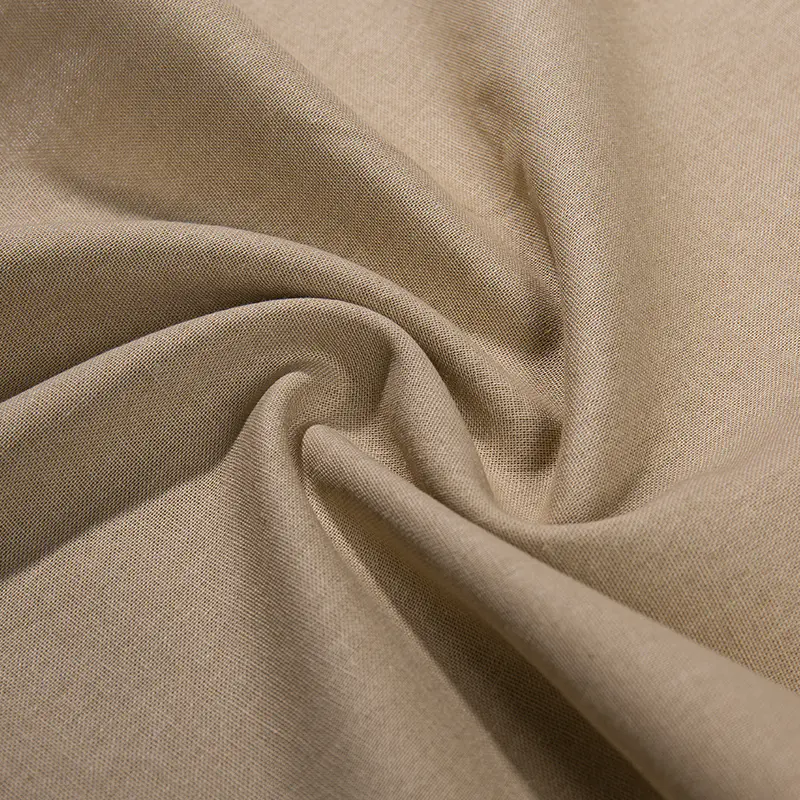
 Add: Beside National Highway 330, Zhuge Town, Lanxi City, Zhejiang Province, China
Add: Beside National Highway 330, Zhuge Town, Lanxi City, Zhejiang Province, China Phone: +86-579-89022355
Phone: +86-579-89022355

